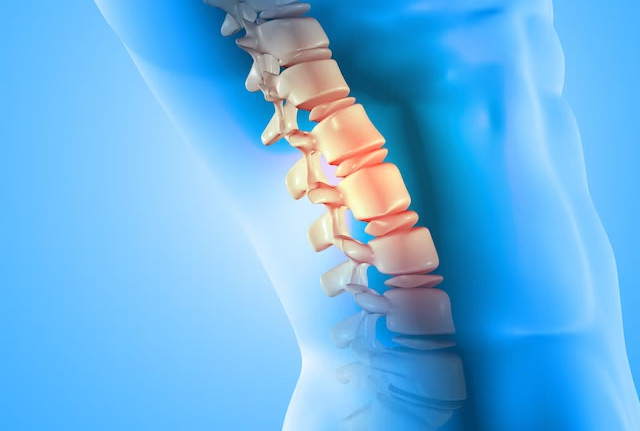Most Recently Posted Blogs
Prolapsed Intervertebral Disc
It has a four stages:
- Bulging: At this early stage, the disc is stretched and doesn't completely return to its normal shape when pressure is relieved. It retains a slight bulge at one side of the disc. Some of the inner disc fibres could be torn and the soft jelly (nucleus pulposus) is spiling outwards into the disc fibres but not out of the disc.
- Protrusion: At this stage, the bulge is very prominent and the soft jelly centre has spilled out to the inner edge of the outer fibres, barely held in by the remaining disc fibres.
- Extrusion: In the case of a herniated spinal disc, the soft jelly has completely spilled out of the disc and now protruding out of the disc fibres.
- Sequestration: Here some of the jelly material is breaking off away from the disc into the surrounding area.

Electrical Modalities:
- Cryotherapy: Reduces muscle spasm and inflammation in acute phase.
- TENS: Relieves pain in both acute and chronic phases.
- Ultra Sound: As phonophoresis increases extensibility of connective tissues
- Moist heat: Used as an adjunct before applying specialised techniques to decrease muscle spasm.
- SWD: Pulsed SWD in acute condition and continuous SWD in chronic cases.
- IFT
- Traction

Exercise Therapy:
- Stretching: There is low-quality evidence found to suggest that adding hyperextension to an intensive exercise programme might not be more effective than intensive exercise alone for functional status or pain outcomes. There were also no clinically relevant or statistically significant differences found in disability and pain between combined strength training and stretching, and strength training alone
- Muscle Strengthening: Strong muscles are a great support system for your spine and better handle pain. If core stability is totally regained and fully under control, strength and power can be trained. But only when this is necessary for the patients functioning/activities. This power needs to be avoided during the core stability exercises because of the combination of its two components: force and velocity. This combination forms a higher risk to gain back problems and back pain
Note: For exercises meet physiotherapist necessarily. Self exercises for disc prolapse can increase your ailment.
Advanced Therapy
- KIASTM: Kinesio Instrument Assisted Soft Tissue Mobilization Technique helps to relive the muscle strain due to compromised movements.
- Dry Needling.
- Shock wave therapy
- Dynamic and static Cupping (Hijama).
- Therapeutic LASER
BPT, MPT, KIASTM expect, Dry needling, Cupping, KINESIO taping. Cofounder of Medax Arogya Physiotherapy.







